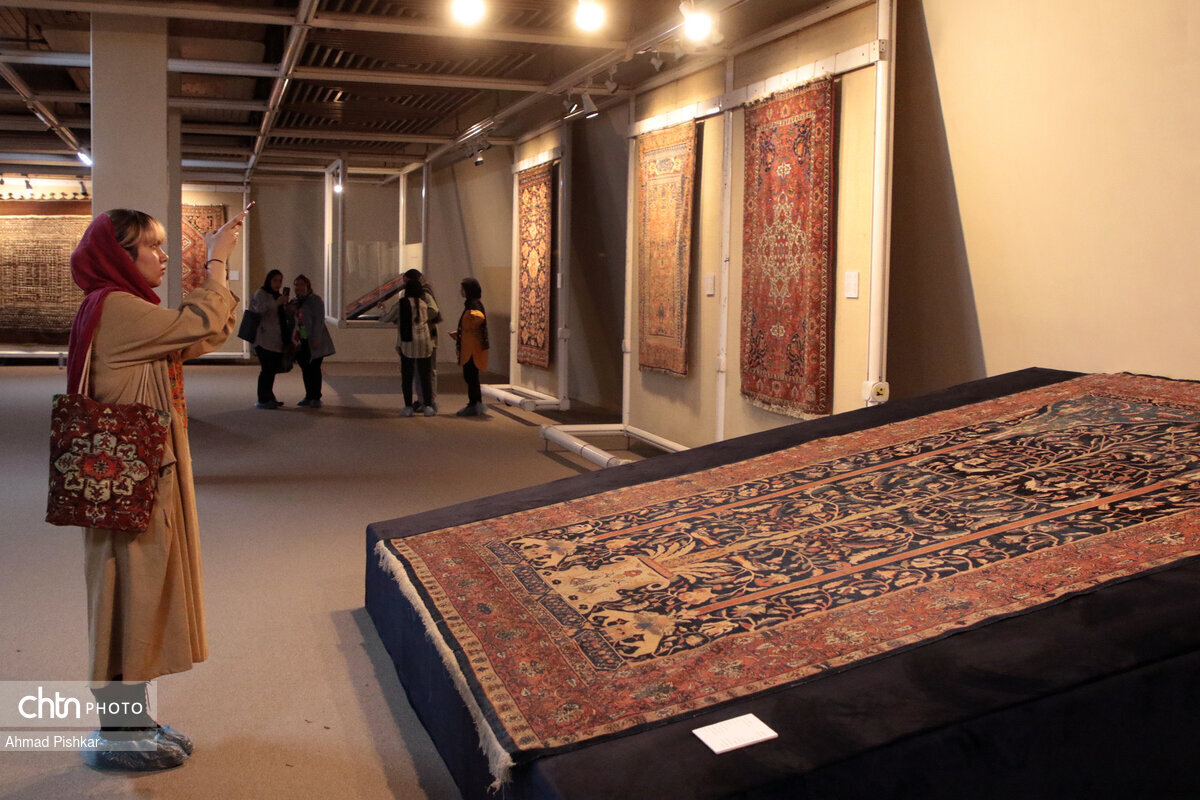Threads of revival: Persian carpet industry surges in production, exports

TEHRAN – The National Center for Creative Industries and Carpets has reported an increase in handwoven carpet production over the first four months of the current Persian year (started on March 20), accompanied by a rise in exports.
The acting head of the center, Mohammadreza Zare-Borzeshi, announced a six percent increase in the production of handwoven carpets during the first four months of the current year, adding that 1.35 million square meters of handwoven carpets were produced nationwide, reflecting significant growth compared to the same period last year.
Zare-Borzeshi highlighted the steady increase in the production of handwoven carpets over the past three years.
“3.3 million square meters were produced in 1400 [Mar. 21, 2021 till Mar. 20, 2022], 3.5 million square meters in 1401 [Mar. 21, 2022 till Mar. 20, 2023], and 3.9 million square meters in 1402 [Mar. 21, 2023 till March. 19, 2024], marking an 11% growth over this period,” he noted.
The official also reported a significant upward trend in carpet exports after two decades of decline.
“According to customs statistics, Iran exported $11.5 million worth of handwoven carpets in the first four months of the past year,” he underscored. “This figure rose to $13 million during the same period this year, marking a 12% increase in exports.”
Zare-Borzeshi attributed the rise in exports to several factors, including easing of currency obligations, and resolution of issues related to the temporary passage of handwoven carpets. Additionally, measures such as implementing a system for certifying handwoven carpets contributed to the industry’s growth, according to the official.
Borzeshi also addressed a significant challenge faced by carpet exporters since 2022—the ban on exporting handwoven carpets via postal services.
Ramping up every effort to resolve the issue, he elaborated, individuals are now permitted to export up to 24 square meters of Persian handwoven carpets via postal services once per year, without restrictions on the number of pieces, as long as the total area does not exceed the specified limits.
“These efforts to boost the handwoven carpet sector could play a crucial role in increasing employment and generating foreign exchange for the country,” he concluded.
XF/AM
Leave a Comment